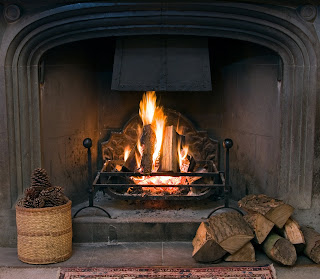No one thinks their house will catch fire, but accidents
happen. Our priority is keeping you, your
family, and your home safe! We want
you to keep your home intact, so we came up with some things you can do to
prevent the common causes of house fires:
·
Clean Your Stove - Built up grease can
easily catch fire when you are cooking if you do not clean it often.
·
Check Your Dryer - Always clean the lint
filter before putting another load of clothes in the dryer. It is also
important to clean out your dryer vent regularly because lint can build up and
start a fire.
·
Check the electrical cords - You should
never use an electrical cord that is frayed. This goes for headphones and phone
chargers too.
·
Batteries - Many people keep their
batteries all in one drawer. However, if the ends touch it can spark. These
sparks have been known to start house fires. If possible keep the batteries in
their original package.
These are just a few of the many things that can start a
house fire, so it is important to be prepared for the worst. Our emergency escape
ladder will allow the whole family to reach safety even if you have a
multi-story home. Call us today at (800) 736-4022 with any questions regarding
our ladders or your family’s safety.






